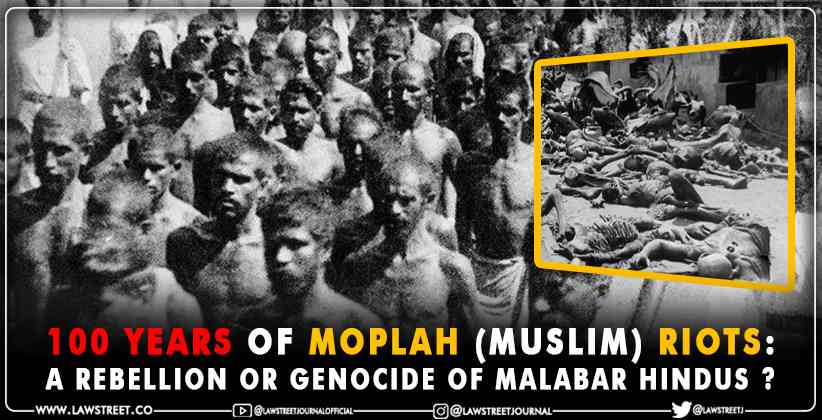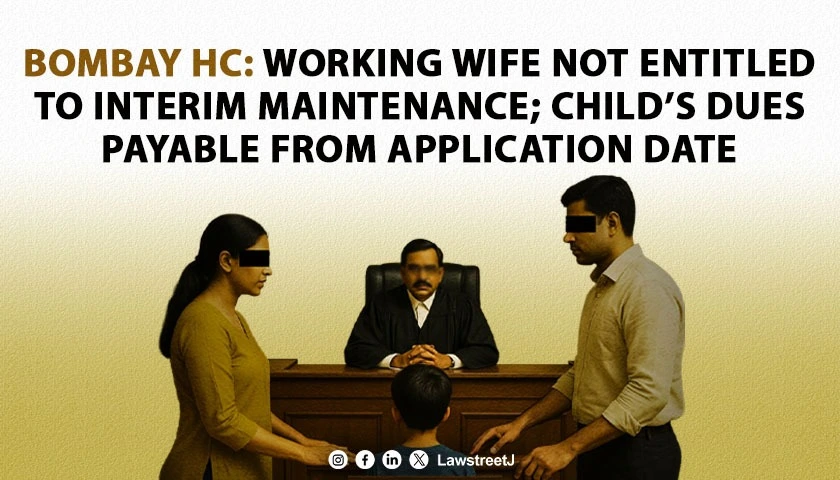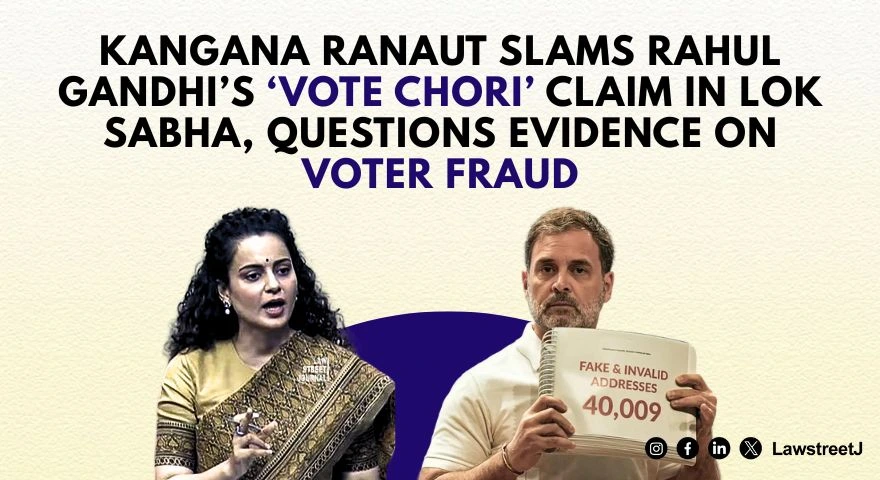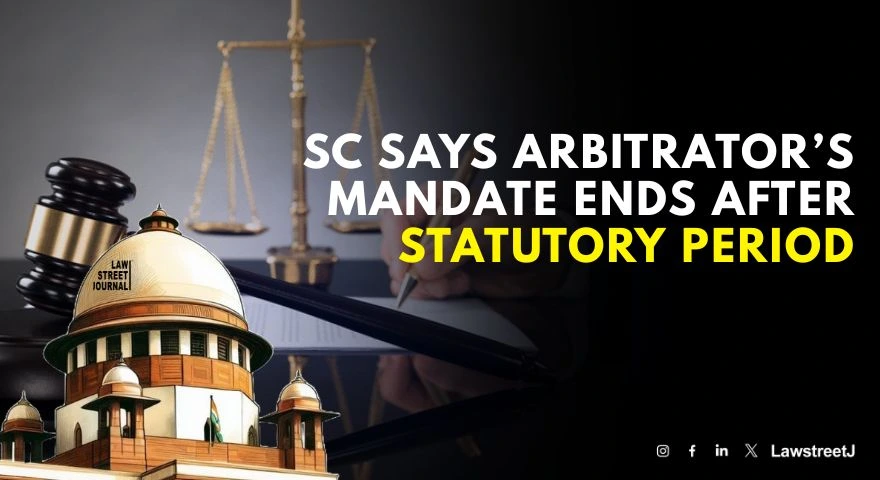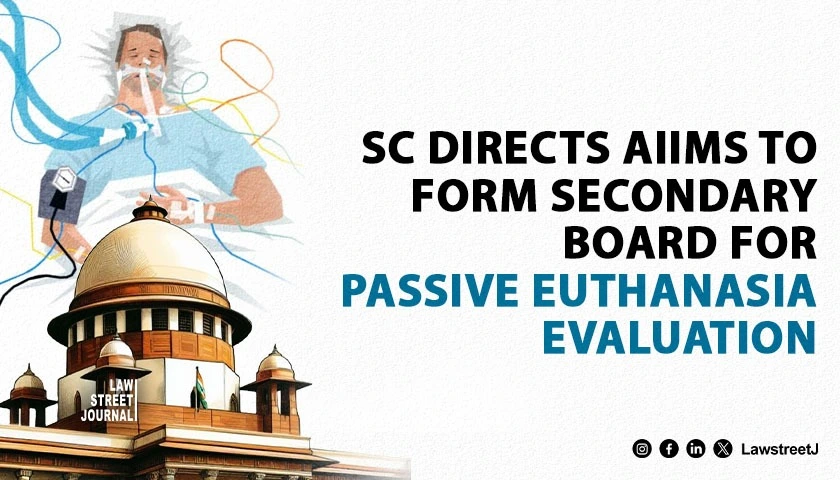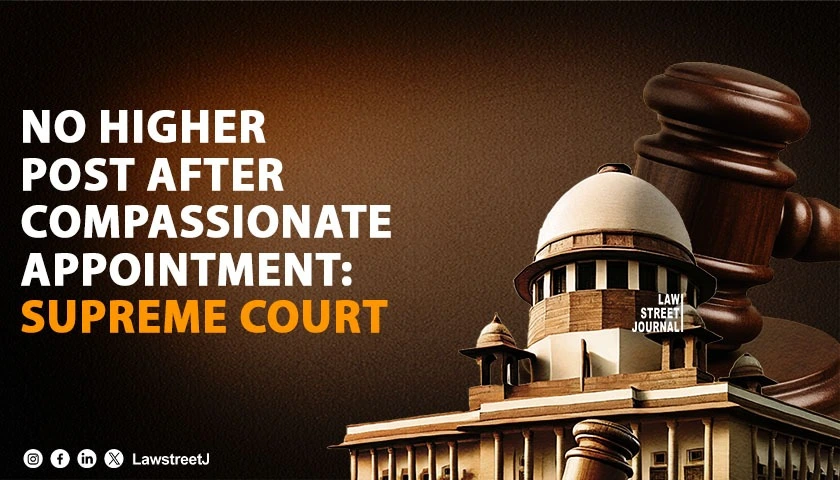Today marks the 100th year of the Moplah Riots. What supposedly started as a freedom revolt against the British, apparently ended up being an excuse to wipe out the Hindu population of northern Kerela. Although most history books tend to give this portion a skip but the seeds of Moplah riots were sown months earlier when the Khilafat Movement was started. On the 100th anniversary of the 1921 Malabar massacre of Hindus, not a lot has changed in the way Islamists operate.
Moplah were the Muslim tenants inhabiting the Malabar region where most of the landlords were Hindus. When Khilafat movement started in 1921, the Moplah movement merged with the Khilafat movement.
Initially the targets of the Moplah were symbols of British Authority- courts, police stations, treasuries, and office. After the British declared the Martial law, the protest turned communal. First, they started attacking the landlords. But soon they started attacking common Hindus.
Around ten thousand Hindus were brutally slaughtered, forced conversions, women were raped, children were killed and many other horrific atrocities were committed by the rebels against local Hindus
Annie Besant in her book The Future of Indian Politics, described the event as: They murdered and plundered abundantly, and killed and drove away all Hindus who would not apostatize. Somewhere about a lakh of people were driven from their homes with nothing but the clothes they had on, stripped of everything. Malabar has taught us what Islamic rule still means, and we do not want to see another specimen of the Khilafat Raj in India. Not only the Hindus were killed and forced to flee, but close to 100 Hindu temples were also destroyed by Islamists during the massacre.
In a letter written to Lady Reading (wife of the then Indian viceroy, Lord Reading) by the Rani of Nilambur on behalf of the hundreds of Malabar Hindu women that unravels just a sample of the ghastly genocide by the Mohplah Muslims. The letter read as .of the many wells and tanks filled up with the mutilated, but often only half dead bodies of our nearest and dearest ones who refused to abandon the faith of our fathers; of pregnant women cut to pieces and left on the roadside and in the jungles, with the unborn babe protruding from the mangled corpse ; of our innocent and helpless children torn from our arms and done to death before our eyes and of our husbands and fathers tortured, flayed and burnt alive
The letter also went on to state that ..of our places of worship desecrated and destroyed and of the images of the deity shamefully insulted by putting the entrails of slaughtered cows where flower garlands used to lie, or else smashed to pieces.
Reportedly, few movies are being made to glorify the leader (Haji) of the Moplah rebellion who is claimed to be responsible for killings of thousands of Hindus during his rebellion against the British. According to the British reports on Moplah (Muslim) Riot, 10,000 Hindus were killed and 1,00,000 Hindus were forced to flee their homes. It is really sad how a leader who led a genocide is glorified in the movies.
Commendably, Film director Ali Akbar is the only director to announce his new project on the Mohpla Riots to expose the true face of the uprising, in which he will highlight the killings of Hindus, who were not ready to change their religion.
The Moplah rebellion is often celebrated as a part of a larger movement, the Khilafat Movement. Khilafat movement started as an opposition to the British after they overthrew the Khalifa of Turkey. The Khilafat Movement went alongside the Non-Cooperation Movement (NCM) started by Mahatma Gandhi against the British government. The Khilafat movement and the NCM were speculated to create unity among Hindus and Muslims in their flight against the British. But what happened in Moplah was the direct opposite of what NCM and Khilafat stood for.
This rebellion has remained a controversial topic amongst historians. Some call it a larger part of the NCM while some refer it as a communal revolt. A movie based on this revolt will sure trigger the emotional trauma of those whose ancestors went through the atrocities of this rebellion.

